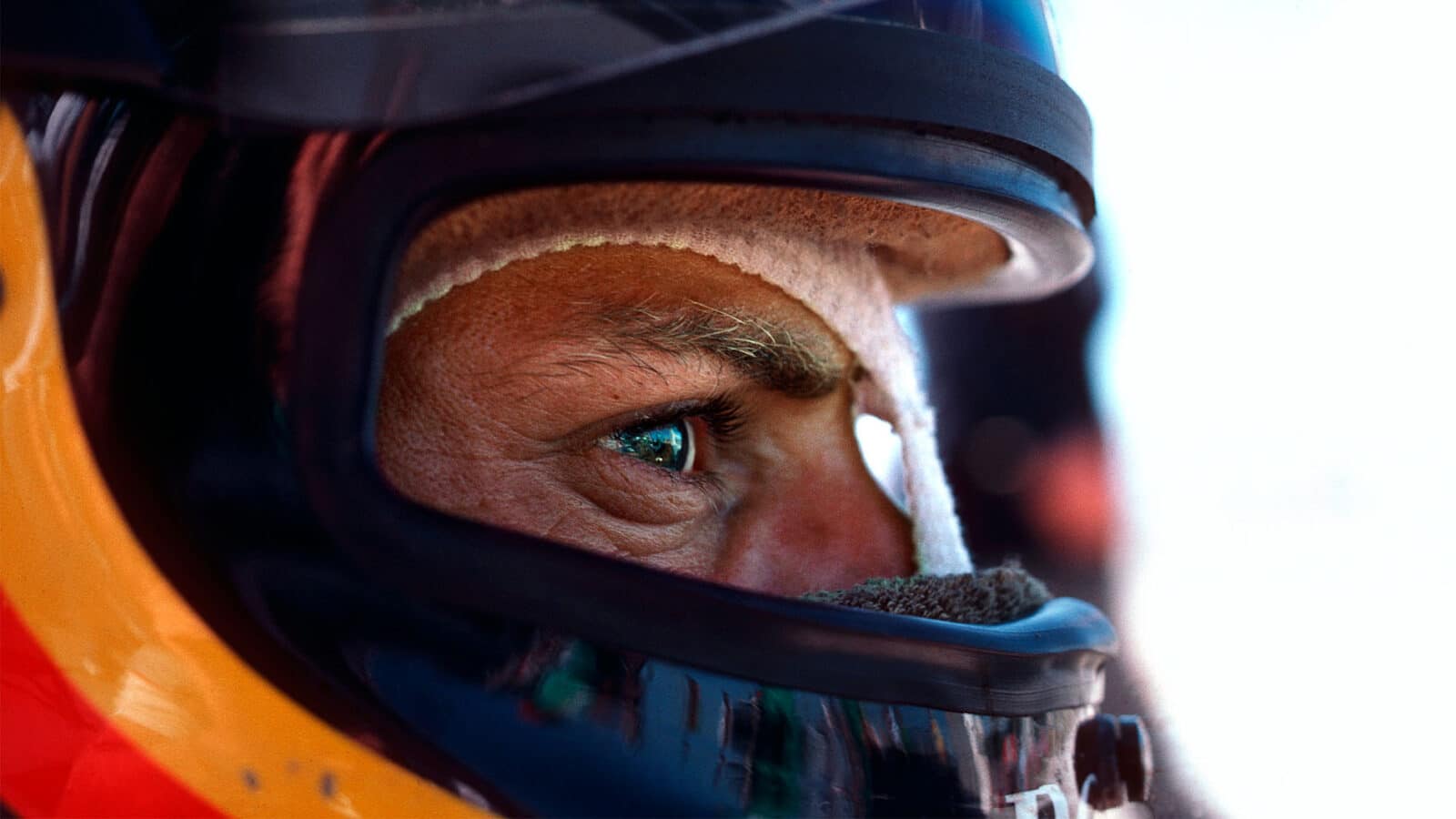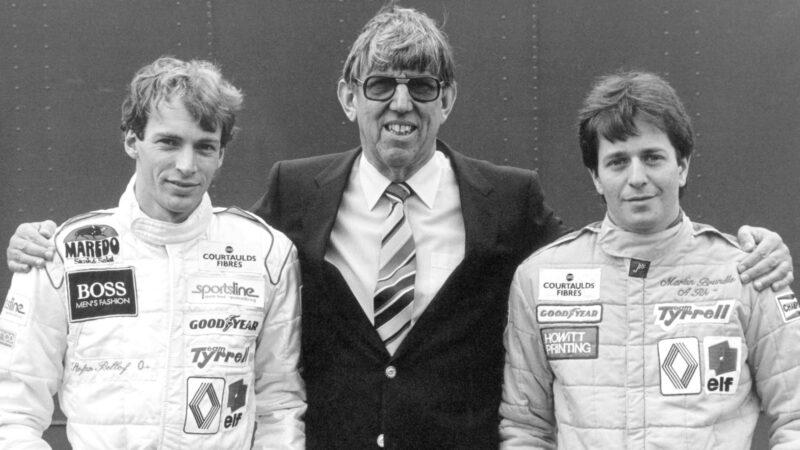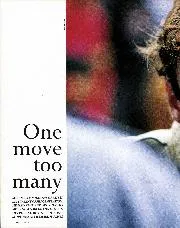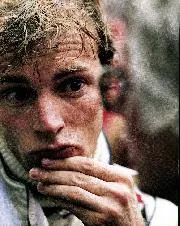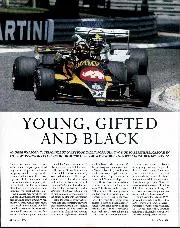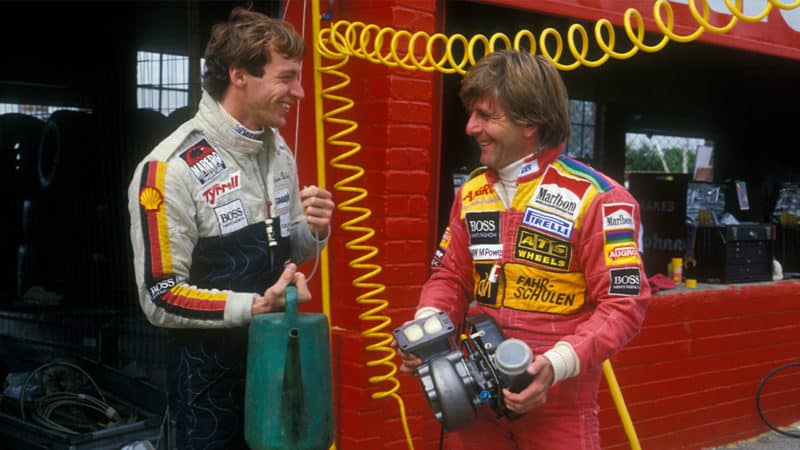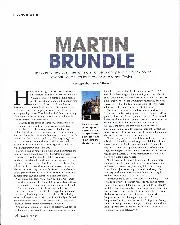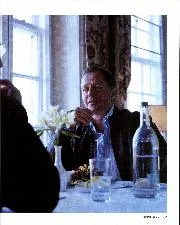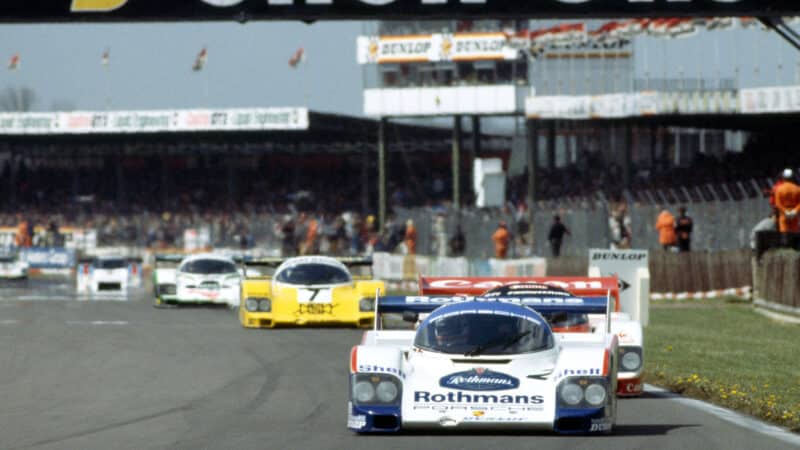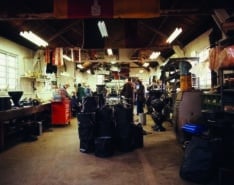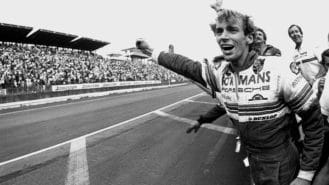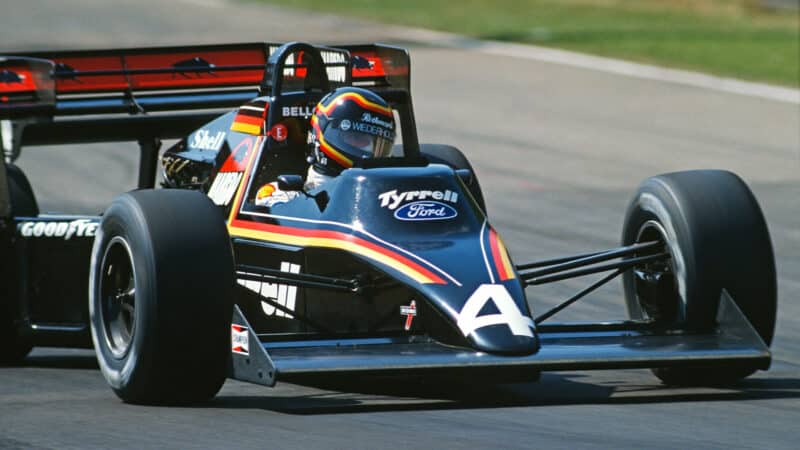“At Zandvoort in ’84 we were again picking our way through the turbos and Stefan pulled an amazing move at Tarzan to get one car ahead of me. Then he’d do it again and get two cars ahead, at which stage I’d be goading myself, ‘Come on, come on…’ They’d be banzai moves, though, and when he tried another he’d wind up behind me, because that one didn’t work. That was Stefan. He knew no limits, but later on, with more experience, if somebody had directed all that raw talent and speed… He was as quick a racing driver as I’ve ever seen. Everyone talks about Senna being robbed at Monaco in 1984, but I’m sure Stefan would have passed both him and Prost had the race continued.
“Ken didn’t really want either of us to race sports cars and things were increasingly difficult between him and Stefan by mid-1985.
“I remember Tim Clowes, the insurance agent, saying to me that he didn’t think Stefan would ‘make old bones’ and that always stuck in my mind. I witnessed his fatal accident, unfortunately, and rang Ken afterwards. He answered the phone, said ‘I know’ and hung up again. He was aware he’d lost a great driver and was very angry.
“The hardest thing was going to Stefan’s funeral and seeing the destruction it wrought on his family and friends. This was new territory for me and it dawned that I could potentially inflict the same on my family. I decided there and then not to attend any more racing funerals while I was still active, so consequently I missed Ayrton’s – something I mightily regret.”
Eje Elgh – Maurer F2 racer, now F1 analyst for Swedish TV
“I’d raced for Maurer’s European F2 team in 1981 and was asked to attend an end-of-season test at Paul Ricard. They wanted me to establish a benchmark time and set the car up before they tried two or three promising youngsters. Stefan was one of them.
“It was immediately obvious that he was an outstanding candidate – from his lap time, the way he worked, everything. Even before I’d had a chance to look properly at the other guys, I was telling the team to hire Stefan! He was very cheerful and had his feet on the ground, but he was also incredibly focused – a bit like Sebastian Vettel nowadays.”
Achim Schlang – German F1 writer who penned a commemorative Bellof book
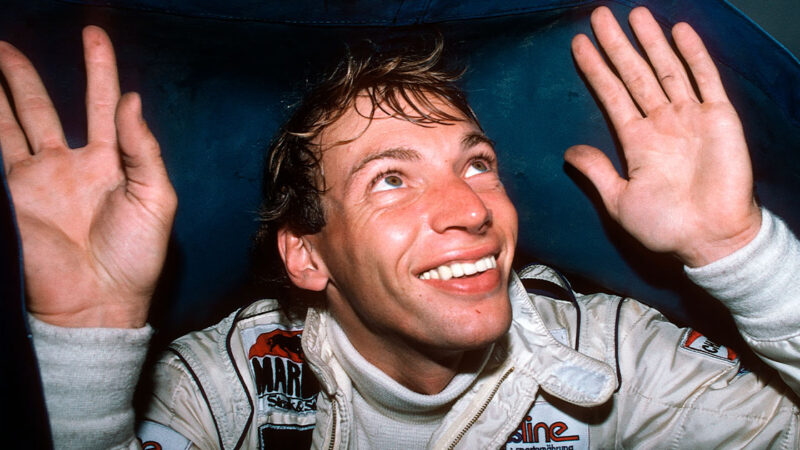
Bellof lit up proceedings both on and off the track
Paul-Henri Cahier/Getty Images
“He was a great driver and a potential world champion, a point Ken Tyrrell once made to me. At the time of his death, I believe he had already agreed terms with Ferrari for the following season.
“He was friendly, very open and always in a splendid mood – you cannot imagine how easy it was to deal with him. Once, on the way to Estoril, we were both in hired Minis, driving flat out at about 130kph. For some reason Stefan’s girlfriend Angelika was in my car and photographer Jimmy Froidevaux in the other. At one point, still doing 130, Stefan pulled alongside and Jimmy wound down the window. ‘Excuse me, Stefan would like to borrow Angelika’s newspaper. He wants me to read something from it. Could you pass it across?’ So we did. That’s just the way Stefan was – always mucking around.
